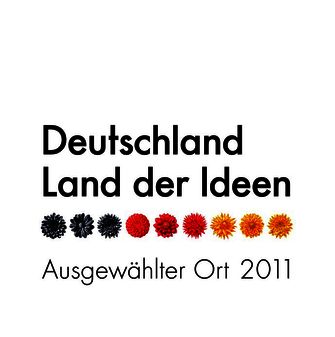Aluminium und seine schwerlöslichen Verbindungen
MAK-Begründung, Nachtrag
Andrea Hartwig1 (Vorsitz der Ständigen Senatskommission zur Prüfung gesundheitsschädlicher Arbeitsstoffe, Deutsche Forschungsgemeinschaft)MAK Commission2
1 Institut für Angewandte Biowissenschaften, Abteilung Lebensmittelchemie und Toxikologie, Karlsruher Institut für Technologie (KIT), Adenauerring 20a, Geb. 50.41, 76131 Karlsruhe, Deutschland
2 Ständige Senatskommission zur Prüfung gesundheitsschädlicher Arbeitsstoffe, Deutsche Forschungsgemeinschaft, Kennedyallee 40, 53175 Bonn, Deutschland
Abstract
The German Senate Commission for the Investigation of Health Hazards of Chemical Compounds in the Work Area (MAK Commission) summarized and evaluated the data for aluminium and its poorly soluble compounds to derive an occupational exposure limit value (maximum concentration at the workplace, MAK value) considering all toxicological end points. Relevant studies were identified from a literature search and also unpublished study reports were used. In occupational studies, aluminium causes lung toxicity for which no NOAEC could be established. In a 28-day study with rats, signs of pulmonary inflammation were detected in the bronchoalveolar lavage fluid, the lungs contained enlarged and foamy macrophages and the elimination half-life in the lungs was increased after exposure to aluminium oxyhydroxide at 11.03 to 12.29 mg Al/m3. Based on the NOAEC of 1.18 to 1.32 mg Al/m3, the MAK value for the respirable fraction (R fraction) of poorly soluble aluminium compounds such as aluminium oxide, aluminium hydroxide and aluminium oxyhydroxide has been set to 0.05 mg/m3. No neurotoxicity was observed in welders at an aluminium concentration of 0.25–0.5 mg Al/m3 for the R fraction. At an exposure to this concentration as inhalable fraction (10 m3/day), the amount of bioavailable aluminium (max. 1 %) excreted daily with the urine corresponds to the Biological Tolerance Value (50 µg Al/g creatinine). The MAK value for the inhalable fraction (I fraction) has therefore been set to 0.5 mg Al/m³. Aluminium and its poorly soluble compounds are not acutely irritating and have thus been assigned to Peak Limitation Category II. Due to the long half-life in humans, an excursion factor of 8 has been set for both the R fraction and the I fraction. The increased elimination half-life in the lungs is a clear sign of particle overload which may induce lung carcinogenicity at higher concentrations. Therefore, aluminium and its poorly soluble compounds have been classified in Carcinogen Category 4. Aluminium and its poorly soluble compounds are not mutagenic. The results of several indicator tests suggest that aluminium and its poorly soluble compounds have DNA damaging potential, but valid in vivo tests did not find clastogenic or aneugenic effects. In the absence of inhalation developmental toxicity studies in animals, aluminium and its poorly soluble compounds have been assigned to Pregnancy Risk Group D. As absorption through the skin in toxicologically relevant amounts was not observed even in the case of soluble aluminium compounds, this is also not assumed to occur with aluminium and its poorly soluble compounds. A sensitizing potential is not expected based on the available data.




